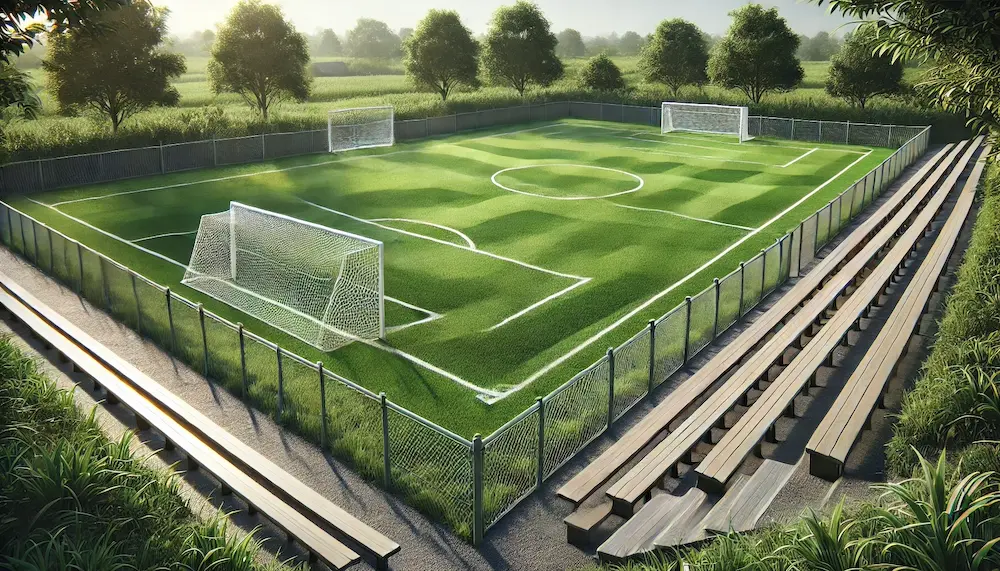Natural grass soccer fields have long been the traditional choice for the sport, offering a playing surface that many athletes and fans prefer for its natural feel and aesthetic appeal. This article explores their key features, advantages, disadvantages, applications, and considerations for construction and maintenance.
Introduction to Natural Grass Soccer Fields
Natural grass fields provide a resilient and responsive surface that can enhance player performance and reduce injury risk. They are often favored for their cooling effect and environmental benefits, such as carbon dioxide absorption and habitat provision.
Key Features of Natural Grass Soccer Fields
- Surface Composition: Comprised of various grass species selected based on climate, soil type, and usage patterns. Common choices include Bermuda grass for warm climates and Kentucky bluegrass for cooler regions.
- Soil and Root Zone: The underlying soil and root zone are critical for drainage, nutrient availability, and turf health. Sand-based systems are often used to enhance drainage and provide a stable root zone.
- Irrigation and Drainage Systems: Proper irrigation ensures turf health, while effective drainage prevents waterlogging and maintains playability. Advanced systems can include subsurface drainage and automated sprinklers.
Advantages of Natural Grass Soccer Fields
- Player Safety: Natural grass surfaces can be more forgiving, potentially reducing the risk of certain injuries compared to harder surfaces.
- Aesthetic Appeal: The natural look and feel of grass are often preferred by players and spectators alike.
- Environmental Benefits: Natural grass contributes to carbon sequestration, heat reduction, and provides habitats for microorganisms.
Disadvantages of Natural Grass Soccer Fields
- Maintenance Requirements: High maintenance demands, including regular mowing, fertilization, irrigation, and pest management, can lead to significant ongoing costs.
- Weather Sensitivity: Susceptible to weather conditions; heavy rain can lead to muddy, unplayable surfaces, while drought can cause turf degradation.
- Usage Limitations: Natural grass fields require rest periods to recover from intensive use, limiting the number of events they can host consecutively.
Applications of Natural Grass Soccer Fields
- Professional and Collegiate Sports: Widely used in professional leagues and collegiate athletics, where resources for maintenance are available.
- Community and Recreational Use: Favored in parks and community centers for recreational play, provided maintenance resources are sufficient.
Considerations for Construction and Maintenance
- Site Assessment: Evaluate soil type, climate, and intended usage to select appropriate grass species and design effective irrigation and drainage systems.
- Construction Practices: Proper construction techniques, such as installing a well-designed drainage system and preparing a suitable root zone, are essential for field longevity and performance.
- Maintenance Planning: Develop a comprehensive maintenance plan that includes mowing schedules, irrigation management, fertilization, pest control, and periodic rest periods to ensure turf health and playability.
Conclusion
Natural grass soccer fields offer numerous benefits, including player comfort and environmental advantages. However, they require significant investment in construction and maintenance to ensure optimal performance and durability. Careful planning and management are essential to maximize the benefits of natural grass surfaces in soccer applications.
